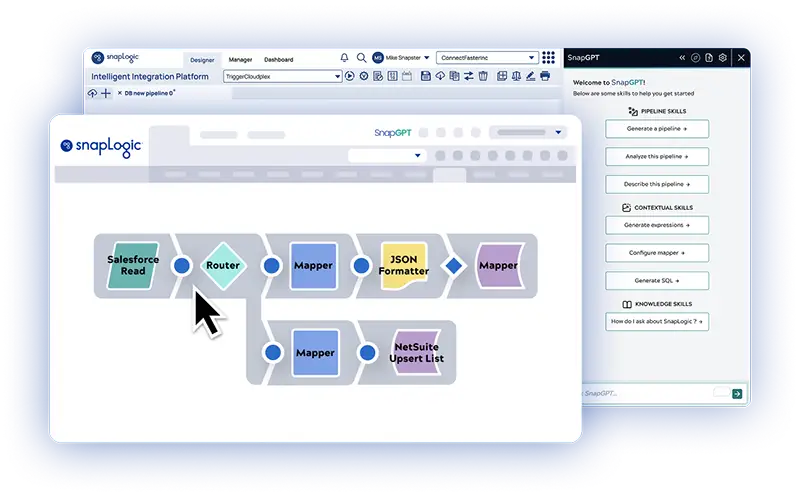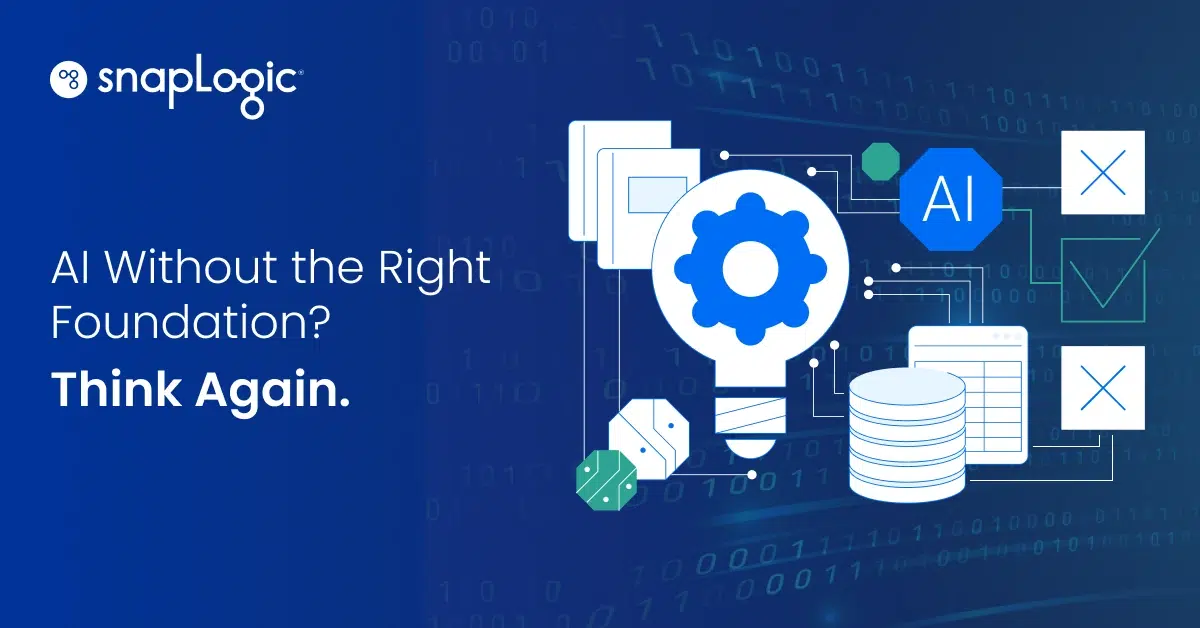From opening new revenue streams to launching new products and hitting the gas on productivity, becoming a data-driven company is the holy grail of modern businesses. Many have even called data “the new oil,” an oft-used term that’s become a cliche to some but is true nonetheless.
But for all the potential value data holds, many enterprises are still not achieving its full promise. That’s why we conducted a survey, “The 2018 Data Value Report,” to understand the disconnect between companies’ data-driven ambitions and the reality on the ground. We asked 500 IT decision makers (ITDMs) about their data priorities, spending plans, expected ROI, and the obstacles they see to achieving those returns.
The results illuminate the gaps between where businesses want to be and their real-world position in the race to be data-driven. We found that the average business expects to triple its return on data investments in five years’ time, allocating $1.7 million in spending to generate an additional $5.2 million in annual revenue from the successful use of data. That’s an impressive target, but is it realistic?
Why businesses aren’t meeting their data objectives
Here’s a hard truth: Most enterprises are still struggling to make effective use of data. Our survey found that over 74% of ITDMs face unprecedented volumes of data and struggle to extract valuable insights, using just half (51%) of all the information they collect or generate. What’s more, only 48% of all enterprise decisions are based on data.
We dug deeper to uncover why businesses weren’t meeting their data objectives. Some of our findings include:
- Legacy technology strangles innovation: A whopping 80% of ITDMs admit that outdated technology holds their organizations back from taking advantage of new data-driven opportunities.
- Trust issues prevent harmony between businesses and data: Only 29% of ITDMs said they have complete trust in the quality of their data when making business-critical decisions. Why? Most respondents point to inconsistencies in data formats, inadequate tools, challenges with interdepartmental sharing, and an inability to keep up with the sheer volume of data produced.
- Tedious manual work monopolizes time and resources: ITDMs say they spend nearly 20% of their time manually working on data or getting data ready for use. This includes low-level tasks like manually integrating datasets, apps and systems, as well as building and maintaining their own APIs and custom code.
While organization-wide data literacy remains an uphill battle for most, enterprises are betting big on the role emerging technologies can play in leveling the data playing field. In particular, more than eight in ten (83%) of the ITDMs we surveyed recognize the significant potential of artificial intelligence and machine learning to help: 56% of respondents are planning to invest in AI to help manage data, while 27% are already investing in this area. ITDMs say it’s likely AI-driven assistants will help or even be critical to automating data analysis, data preparation, software development, and application integration. The optimism surrounding AI’s transformative abilities to convert enterprise data dreams into reality is hopeful news indeed.
Change your data strategy now (before it’s too late)
While all businesses understand that investing time, money, and talent in data will yield rewards, most are still far from being the data-driven powerhouses they aspire to become. It will take a combination of a sound data strategy, technology savviness, and swift cultural change to achieve meaningful progress over time. Enterprises must get started now before they’re left behind.
To read the research report, download “The 2018 Data Value Report.”










